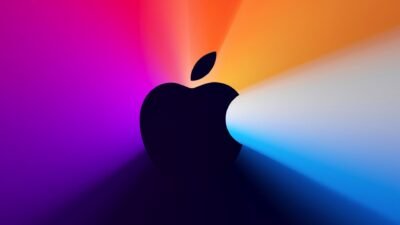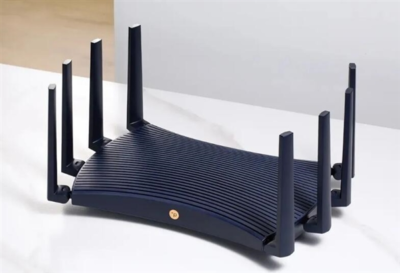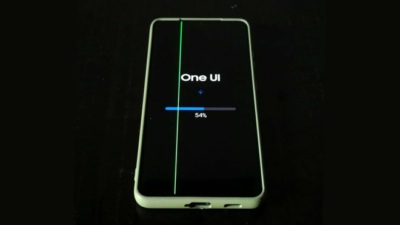The inkjet process by Samsung protects the display of the iPhone 14 Pro from moisture and oxygen

Apple has the capacity to play the role of a trendsetter in the industry. No matter how strange an idea is if Apple adopts it, it is quite common for it to become a trendy style. Recently, Apple introduced the idea of Dynamic Island for its iPhone 14 Pro lineup. For some users, it was nothing special. While others find it quite interesting. As of now, we have grabbed some latest information [@TheElec] on how Samsung managed to produce OLED displays for Apple as per the demands.
The new addition by Apple i.e., Dynamic Island is a software with some added twist. To achieve the requirements for Dynamic Island Samsung had to make some extra efforts. Conspicuously Samsung was made to use an added inkjet printer process in the OLED displays. This inkjet printer is capable of protecting the display of the iPhone 14 Pro from oxygen and moisture.
During the production of OLED displays, the inkjet printing deposition method is utilized during the TFE i.e., Thin Film Encapsulation. Previously, Samsung relied on this technique given the iPhone 13, iPhone 14, and iPhone 14 Plus series. While for the production of iPhone 14 Pro additional inkjet equipment for TPE and touch layer was required. Thus, enhancing the durability as well as the life span of the display.
Although Samsung mentioned that it was efficient with sealing and cutting. But Apple demanded something else. Cupertino wished to cover the edges of Dynamic Island with the inkjet printing method in order to generate a split from the remaining OLED panel. SEMES is a division of Samsung Electronics. It produced the equipment that was to be utilized in iPhone 14 Pro display. On the other hand, LG Display also utilized a similar strategy for producing the iPhone 14 Pro Max displays.
According to some reports, LG didn’t manufacture the displays for iPhone 14 Pro Max as per Apple’s requirements. However, the issue seems to have been resolved. Besides this, Samsung produces two different types of displays. These displays include the 6.1-inch pro and 6.7-inch Pro Max models. While on the other hand, LG Display reportedly only manufactures the display for iPhone 14 Pro Max.
Research Snipers is currently covering all technology news including Google, Apple, Android, Xiaomi, Huawei, Samsung News, and More. Research Snipers has decade of experience in breaking technology news, covering latest trends in tech news, and recent developments.










